Bank of America 2013 Annual Report Download - page 110
Download and view the complete annual report
Please find page 110 of the 2013 Bank of America annual report below. You can navigate through the pages in the report by either clicking on the pages listed below, or by using the keyword search tool below to find specific information within the annual report.-
 1
1 -
 2
2 -
 3
3 -
 4
4 -
 5
5 -
 6
6 -
 7
7 -
 8
8 -
 9
9 -
 10
10 -
 11
11 -
 12
12 -
 13
13 -
 14
14 -
 15
15 -
 16
16 -
 17
17 -
 18
18 -
 19
19 -
 20
20 -
 21
21 -
 22
22 -
 23
23 -
 24
24 -
 25
25 -
 26
26 -
 27
27 -
 28
28 -
 29
29 -
 30
30 -
 31
31 -
 32
32 -
 33
33 -
 34
34 -
 35
35 -
 36
36 -
 37
37 -
 38
38 -
 39
39 -
 40
40 -
 41
41 -
 42
42 -
 43
43 -
 44
44 -
 45
45 -
 46
46 -
 47
47 -
 48
48 -
 49
49 -
 50
50 -
 51
51 -
 52
52 -
 53
53 -
 54
54 -
 55
55 -
 56
56 -
 57
57 -
 58
58 -
 59
59 -
 60
60 -
 61
61 -
 62
62 -
 63
63 -
 64
64 -
 65
65 -
 66
66 -
 67
67 -
 68
68 -
 69
69 -
 70
70 -
 71
71 -
 72
72 -
 73
73 -
 74
74 -
 75
75 -
 76
76 -
 77
77 -
 78
78 -
 79
79 -
 80
80 -
 81
81 -
 82
82 -
 83
83 -
 84
84 -
 85
85 -
 86
86 -
 87
87 -
 88
88 -
 89
89 -
 90
90 -
 91
91 -
 92
92 -
 93
93 -
 94
94 -
 95
95 -
 96
96 -
 97
97 -
 98
98 -
 99
99 -
 100
100 -
 101
101 -
 102
102 -
 103
103 -
 104
104 -
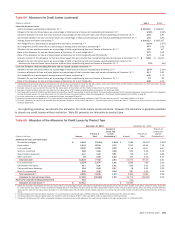 105
105 -
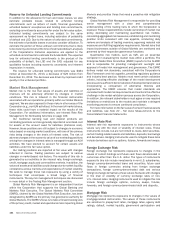 106
106 -
 107
107 -
 108
108 -
 109
109 -
 110
110 -
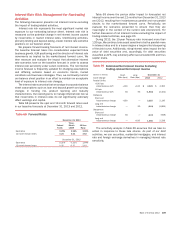 111
111 -
 112
112 -
 113
113 -
 114
114 -
 115
115 -
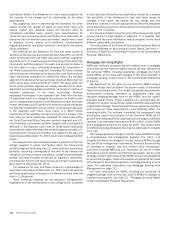 116
116 -
 117
117 -
 118
118 -
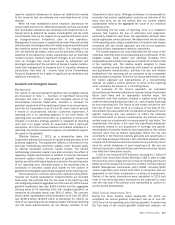 119
119 -
 120
120 -
 121
121 -
 122
122 -
 123
123 -
 124
124 -
 125
125 -
 126
126 -
 127
127 -
 128
128 -
 129
129 -
 130
130 -
 131
131 -
 132
132 -
 133
133 -
 134
134 -
 135
135 -
 136
136 -
 137
137 -
 138
138 -
 139
139 -
 140
140 -
 141
141 -
 142
142 -
 143
143 -
 144
144 -
 145
145 -
 146
146 -
 147
147 -
 148
148 -
 149
149 -
 150
150 -
 151
151 -
 152
152 -
 153
153 -
 154
154 -
 155
155 -
 156
156 -
 157
157 -
 158
158 -
 159
159 -
 160
160 -
 161
161 -
 162
162 -
 163
163 -
 164
164 -
 165
165 -
 166
166 -
 167
167 -
 168
168 -
 169
169 -
 170
170 -
 171
171 -
 172
172 -
 173
173 -
 174
174 -
 175
175 -
 176
176 -
 177
177 -
 178
178 -
 179
179 -
 180
180 -
 181
181 -
 182
182 -
 183
183 -
 184
184 -
 185
185 -
 186
186 -
 187
187 -
 188
188 -
 189
189 -
 190
190 -
 191
191 -
 192
192 -
 193
193 -
 194
194 -
 195
195 -
 196
196 -
 197
197 -
 198
198 -
 199
199 -
 200
200 -
 201
201 -
 202
202 -
 203
203 -
 204
204 -
 205
205 -
 206
206 -
 207
207 -
 208
208 -
 209
209 -
 210
210 -
 211
211 -
 212
212 -
 213
213 -
 214
214 -
 215
215 -
 216
216 -
 217
217 -
 218
218 -
 219
219 -
 220
220 -
 221
221 -
 222
222 -
 223
223 -
 224
224 -
 225
225 -
 226
226 -
 227
227 -
 228
228 -
 229
229 -
 230
230 -
 231
231 -
 232
232 -
 233
233 -
 234
234 -
 235
235 -
 236
236 -
 237
237 -
 238
238 -
 239
239 -
 240
240 -
 241
241 -
 242
242 -
 243
243 -
 244
244 -
 245
245 -
 246
246 -
 247
247 -
 248
248 -
 249
249 -
 250
250 -
 251
251 -
 252
252 -
 253
253 -
 254
254 -
 255
255 -
 256
256 -
 257
257 -
 258
258 -
 259
259 -
 260
260 -
 261
261 -
 262
262 -
 263
263 -
 264
264 -
 265
265 -
 266
266 -
 267
267 -
 268
268 -
 269
269 -
 270
270 -
 271
271 -
 272
272 -
 273
273 -
 274
274 -
 275
275 -
 276
276 -
 277
277 -
 278
278 -
 279
279 -
 280
280 -
 281
281 -
 282
282 -
 283
283 -
 284
284
 |
 |
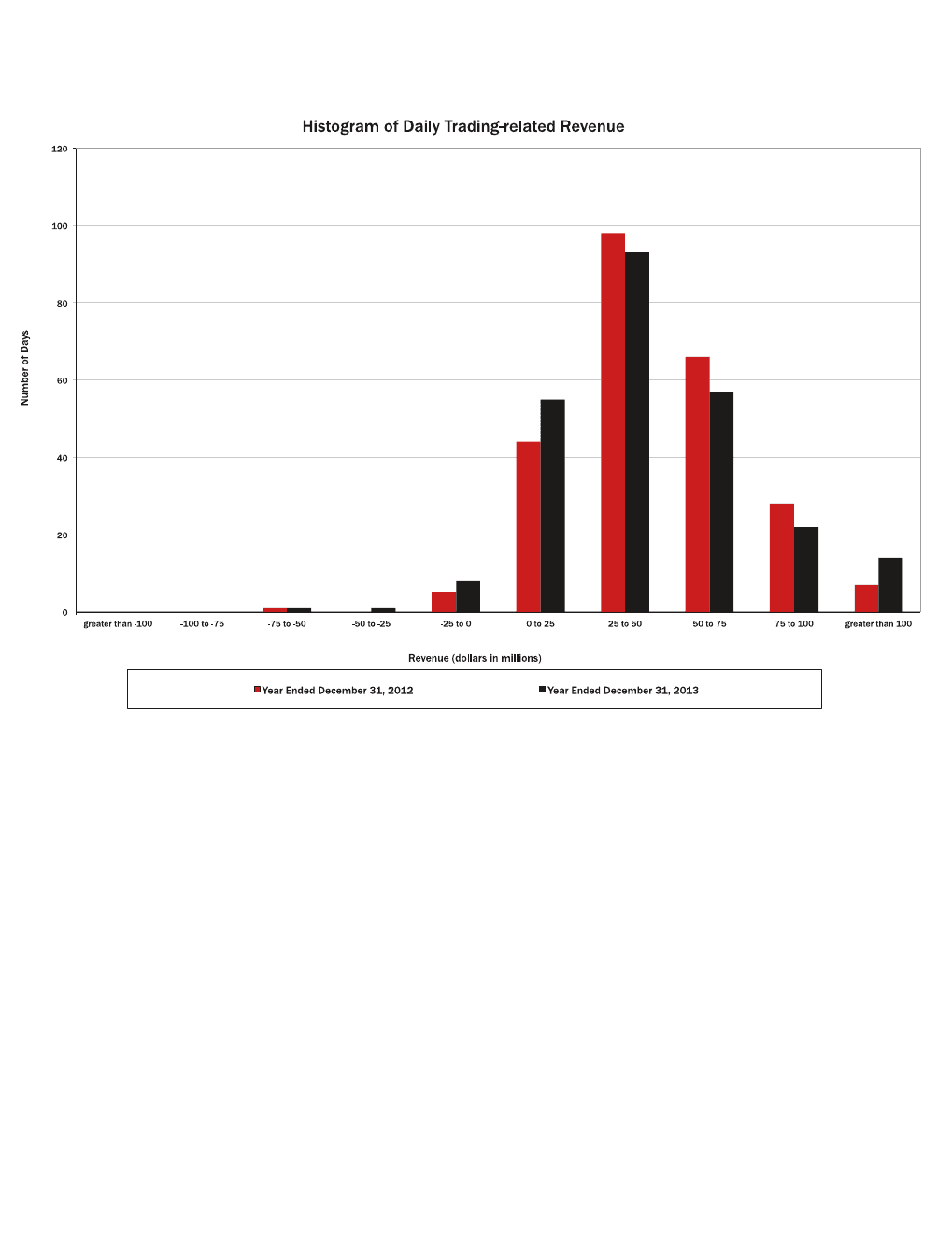
108 Bank of America 2013
The histogram below is a graphic depiction of trading volatility
and illustrates the daily level of trading-related revenue for 2013
and 2012. During 2013, positive trading-related revenue was
recorded for 96 percent, or 241 of the 251 trading days, of which
74 percent (186 days) were daily trading gains of over $25 million
and the largest loss was $54 million. This compares to 2012
where positive trading-related revenue was recorded for 98
percent, or 243 of the 249 trading days, of which 80 percent (199
days) were daily trading gains of over $25 million and the largest
loss was $50 million.
Trading Portfolio Stress Testing
Because the very nature of a VaR model suggests results can
exceed our estimates and are dependent on a limited historical
window, we also stress test our portfolio using scenario analysis.
This analysis estimates the change in value of our trading portfolio
that may result from abnormal market movements.
A set of scenarios, categorized as either historical or
hypothetical, are computed daily for the overall trading portfolio
and individual businesses. These scenarios include shocks to
underlying market risk factors that may be well beyond the shocks
found in the historical data used to calculate VaR. Historical
scenarios simulate the impact of the market moves that occurred
during a period of extended historical market stress. Generally, a
10-business day window or longer representing the most severe
point during a crisis is selected for each historical scenario.
Hypothetical scenarios provide simulations of the estimated
portfolio impact from potential future market stress events.
Scenarios are reviewed and updated in response to changing
positions and new economic or political information. In addition,
new or adhoc scenarios are developed to address specific
potential market events. For example, a stress test was conducted
to estimate the impact of a significant increase in global interest
rates and the corresponding impact across other asset classes.
The stress tests are reviewed on a regular basis and the results
are presented to senior management.
Stress testing for the trading portfolio is integrated with
enterprise-wide stress testing and incorporated into the limits
framework. A process is in place to promote consistency between
the scenarios used for the trading portfolio and those used for
enterprise-wide stress testing. The scenarios used for enterprise-
wide stress testing purposes differ from the typical trading portfolio
scenarios in that they have a longer time horizon and the results
are forecasted over multiple periods for use in consolidated capital
and liquidity planning. For additional information, see Managing
Risk – Enterprise-wide Stress Testing on page 59.
